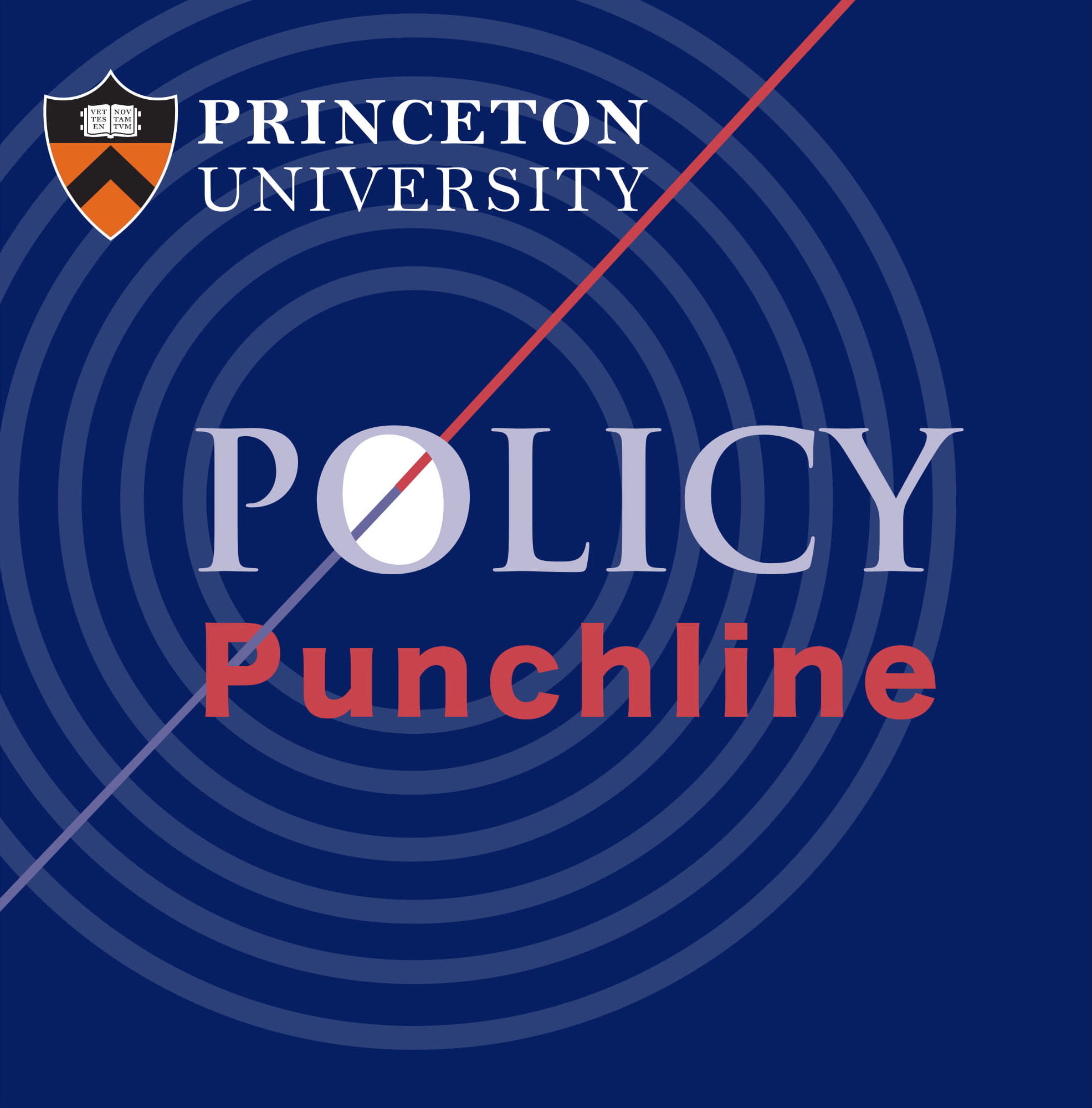George Church: The Father of Human Genome Project and CRISPR Genome Engineering
George Church is Robert Winthrop Professor of Genetics at Harvard Medical School and Professor of Health Sciences and Technology at Harvard and MIT. He is known as the father of synthetic biology and the CRISPR-CAS9 gene editing technology, and he is widely recognized as one of the most important geneticists of our age. In 1984, he developed the first direct genomic sequencing method, which resulted in the first genome sequence. He helped initiate the Human Genome Project in 1984 and the Personal Genome Project in 2005. He leads his own lab in Harvard and is also affiliated with the Broad Institute, the Wyss Institute, and a wide number of private companies that were spun off from his innovations.
In this interview, Tiger asks Prof. Church about his time as a graduate student and postdoc, how Harvard took a chance on him for many times during his early research career, his experience starting the Human Genome Project and its wide-ranging impacts, his critical contribution to the CRISPR gene editing technology, the ethical and policy impacts of genome technology, and the urgent problems left unsolved in the field.
The Human Genome Project began in 1990 and cost $3 billion dollars in federal funding. By 2004, the total stock market value of the genomics sector was $28 billion dollars. The project laid important groundwork for the genomic and biotechnology revolution that later transpired, and is a wonderful example of public-private partnership that is what this country needs today. What was the exact process like to sequence the first genome? What has it produced since, both scientifically and socially? Was the idea that we could sequence everyone in the world perceived as wild or immature?
Meanwhile, the Personal Genome Project that Prof. Church founded in 2005 pioneered a new form of genomics research. The main goal of the project is to allow scientists to connect human genetic information (human DNA sequence, gene expression, associated microbial sequence data, etc) with human trait information (medical information, biospecimens and physical traits) and environmental exposures. How is it different from the Human Genome Project?
Prof. Church compares the turning point of genome sequencing with the Internet around 1994, when suddenly everyone started using it. They have already helped bring down the cost of sequencing by 10-million fold. Similar to how Silicon Valley helped the Internet revolution by providing all kinds of softwares, it may be an adequate analogy to say that the HGP has provided the infrastructure like the Internet did, and perhaps the next steps would be additional business models and applications around genome sequencing that would further bring down the cost and make the benefits more widely available to everyone. The cost of reading and interpreting a genome has been shrinking exponentially. As the cost of this technology continues to decrease, what new possibilities will emerge?
CRISPR is a way of finding a specific bit of DNA inside a cell. CRISPR-CAS9 is a system biologically found in bacteria; it’s their version of a viral defense mechanism. When viral vectors inject DNA into the bacteria's genetic material, the CRISPR-CAS9 system finds it and switches it out with high precision. It allows us to not only delete certain info, but also precisely add in new sequences in specific locations. Prof. Church explains to us how CRISPR works and his critical contributions to the technology at its infancy.
Lastly, Prof. Church speaks to the moral-ethical concerns related to the CRISPR technology and synthetic biology at large. While the concept of gene modification is becoming an increasingly controversial topic, Prof. Church believes that not only is it a net positive to our world, our regulations should focus more on mitigating its impacts in a thoughtful manner, rather than trying to suffocate innovation altogether. “A politician trying to ban iPhones wouldn’t survive very long in office,” he joked.
George Church

